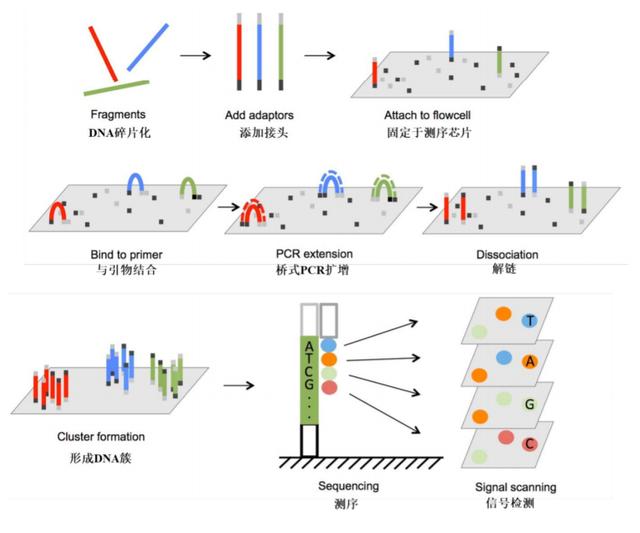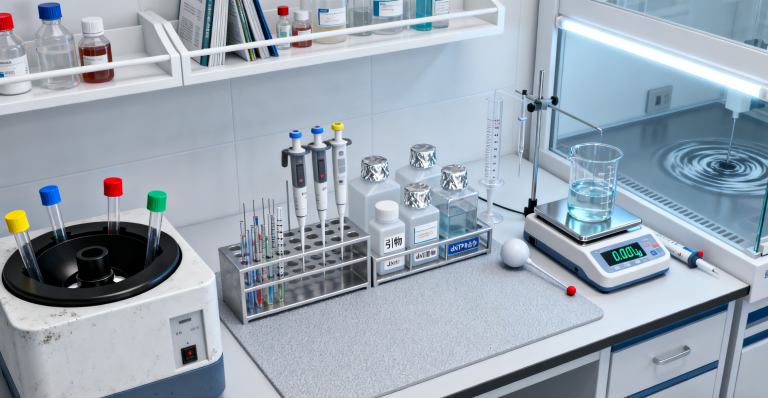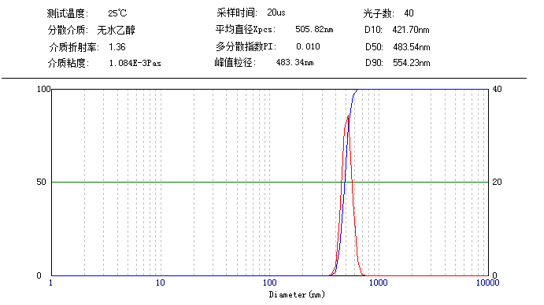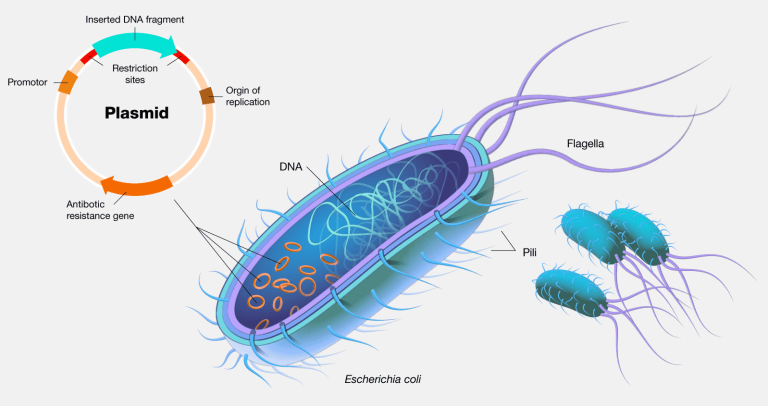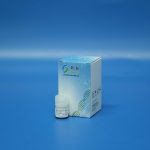Professional Manufacturer of Biomagnetic Beads

Why Magnetic Beads Exhibit “Social Butterfly” vs. “Socially Anxious” Behavior After Drying?
Dear Colleagues in Experimental Science,During nucleic acid fragment selection protocols, after completing the 80% ethanol wash and piously awaiting 5 minutes of air-drying, have you witnessed this paradoxical phenomenon:Some magnetic beads disperse effortlessly like socialites: “Hello elution buffer! Shall we dance?”Your magnetic beads adhere to tubes like stubborn adhesives: “Don’t touch me! I’m fused with this tube!”
Do not panic! This is not metaphysics—it stems from the “surface personality” of magnetic beads! Today we reveal the scientific principles and deliver three practical strategies to master stubborn beads.
I. “Social Butterfly” vs. “Socially Anxious”Magnetic Beads: Manufacturer Differences Decoded
1. “Social Butterfly” Mgnetic Beads
• Surface Armor: High-density PEG coating (>100 μmol/g carboxyl groups) + compact hydrophilic layer
• Core Architecture: Single magnetic core (>95% magnetic content) + ultrathin silica shell (thickness ≈ 1/20 bead diameter)
• Size Homogeneity: PDI <0.15 (uniformity rivaling Olympic honor guards!)
Why They Disperse Effortlessly After 5-Minute Drying?
Hydrophilic coating retains 3-5 hydration layers, preventing hydrophobic group exposure and “dehydration-induced bareness”
Near-zero magnetic remanence enables instant dispersion (superparamagnetism)
Particle size coefficient of variation <5% ensures uniform evaporation rates, preventing localized aggregation
2. “Socially Anxious” Magnetic Beads
• Surface Defects: Heterogeneous modification (hydrophobic “bald spots” exposure)
• Structural Vulnerability: Multi-core “grape cluster” configuration (magnetically interlocked)
• Size Irregularity: PDI >0.2 (particle interlocking creates mechanical traps)
Why They Form “Tube-Wall Plasters”?
Hydrophilic coating degrades within 2 min → hydrophobic group exposure causing bead-bead hydrophobic aggregation and tube-wall adhesion
Multi-core “hand-in-hand alliance”: Dual constraints of magnetic attraction + hydrophobic interaction
Small particles fill interstices → Form “magnetic bead concrete”
II. Three Rescue Protocols for “Socially Anxious” Beads: Simplified Solutions
Protocol 1: Drying Time “Emergency Stop” → ⏰ The 2-Minute Gold Standard
Operational Mnemonic:”Terminate drying When the liquid film reflection disappears,—faster than that of grabbing food in the cafeteria.!”
• Open-air drying: ≤2 minutes (ambient humidity >40%)
• Advanced technique: Dry 1.5 min → Centrifuge 500 rpm × 5 sec → Dry 30 sec
Mechanism: Preserves the hydrophilic coating’s “life-sustaining hydration film”, preventing hydrophobic transformation.
Protocol 2: Elution Buffer “Reanimation Agent” → Optimized Formula
Addition of trace surfactants significantly reduces liquid surface tension, disrupting hydrophobic adhesion:
Table 1: Surfactant Performance Comparison
| Type | Optimal Concentration | Surface Tension (mN/m) | Downstream Compatibility | Cost |
| Tween-20 | 0.05% | 35 → 40 | May inhibit enzymes (>0.1%) | Low (¥0.2/mL) |
| Pluronic F-68 | 0.02% | 42 → 45 | Minimal inhibition (PCR/NGS friendly) | Medium-High (¥1.5/mL) |
| Triton X-100 | 0.1% (emergency only) | 30 → 35 | Interferes with BCA/fluorometric assays | Low (¥0.3/mL) |
Validated Formula: 10 mM Tris-HCl Buffer (pH 8.5) + 0.05% Tween-20
Evidence-Based Performance:
Surface tension reduction: 72 → 35 mN/m (300% wettability enhancement)
Recovery rate improvement: 20-30%
Protocol 3: Gentle Resuspension “Triple Technique” → Non-Violent Approach
STEP 1: Buffer incubation × 1 min
STEP 2: Firm tube-tapping × 10
STEP 3: Low-speed vortexing (800-1000 rpm × 10 sec)
Pro Tip: For residual aggregates: Centrifuge 5 sec → Repeat Steps 2-3
Avoid high-speed vortexing: Shear forces promote reaggregation
III. Emergency Intervention: “Bead Adhesive” Dissolution Protocol
For beads fused as “tube-wall psoriasis”:
1、Add 50 μL 0.1 M NaOH → Incubate 2 min (charge neutralization)
2、Replace with TE buffer + 0.1% Triton X-100 → Vigorous pipetting!
3、Transfer to low-adsorption tubes (surface modification prevents adhesion)
Fundamental Truth:
“Mgnetic bead adhesion post-drying is not your fault! The culprit is surface ‘dehydration-induced bareness’—Excessive drying inactivates hydrophilic coatings, exposing hydrophobic cores that trigger ‘aggregation huddling + tube-wall adhesion’!”
Operational Mandate:
≤2-minute drying is non-negotiable + 0.05% Tween-20 resolves most issues + Gentle resuspension is paramount!
Place your order without hesitation today!
Supplier
Shanghai Lingjun Biotechnology Co., Ltd. was established in 2016 which is a professional manufacturer of biomagnetic materials and nucleic acid extraction reagents.
We have rich experience in nucleic acid extraction and purification, protein purification, cell separation, chemiluminescence, and other technical fields.
Our products are widely used in many fields, such as medical testing, genetic testing, university research, genetic breeding, and so on. We not only provide products but also can undertake OEM, ODM, and other needs. If you have a related need, please feel free to contact us .

